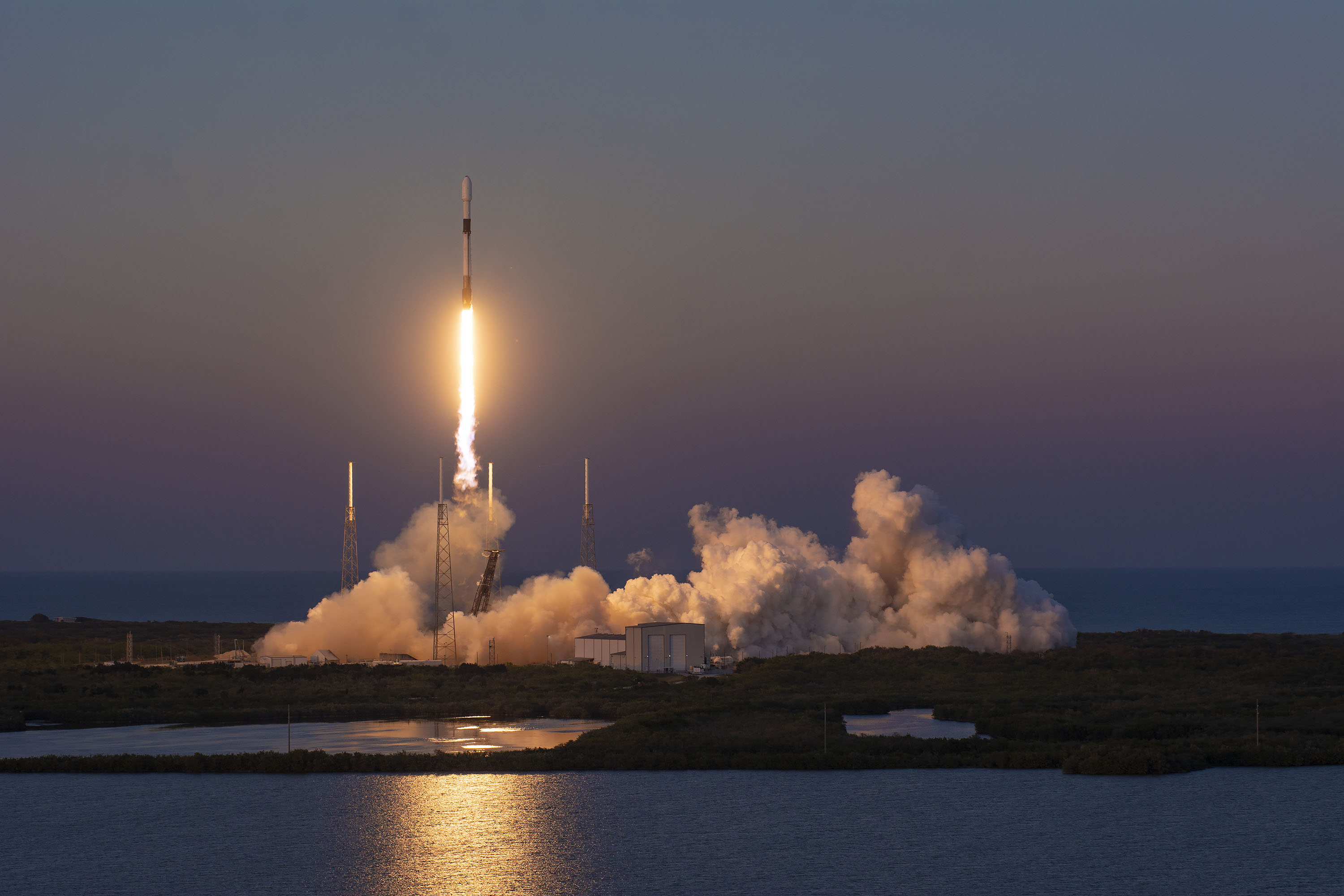SpaceX launches Starlink V2 Mini satellites into orbit for the first time

SpaceX failed to launch the Falcon 9 rocket with the Crew Dragon due to unsuitable weather conditions. However, the mission to launch the first Starlink V2 Mini satellites went according to schedule.
Here's What We Know
SpaceX is facing a drop in the speed of satellite Internet Starlink because of the large number of active users. The problem will be solved with the help of Starlink Gen 2 satellites, but for their launch will need permission to launch Starship with a Super Heavy rocket. In the meantime, the company is looking for temporary solutions. One of them is the Starlink V2 Mini satellites.
Liftoff! pic.twitter.com/OSWplR75Dg
- SpaceX (@SpaceX) February 27, 2023
Falcon 9's first stage has landed on the A Shortfall of Gravitas droneship pic.twitter.com/CFdhCVuOby
- SpaceX (@SpaceX) February 27, 2023
Deployment of 21 Starlink V2 Mini satellites confirmed
- SpaceX (@SpaceX) February 28, 2023
First Starlink v2 satellites reach orbit pic.twitter.com/0l08568mJ9
- Elon Musk (@elonmusk) February 28, 2023
On February 28 at 19:13 (EDT) or 16:13 (PDT), SpaceX launched a Falcon 9 rocket with 21 satellites before landing on the unmanned offshore platform A Shortfall of Gravitas. Each spacecraft has two 52.5-square-metre solar panels and four times the throughput capacity of previous generations of satellites.
Falcon 9 launches 21 second-generation Starlink satellites to orbit pic.twitter.com/dpBSeBVWtk
- SpaceX (@SpaceX) February 28, 2023
Starlinks V2 Mini are being launched into low-Earth orbit under a US Federal Communications Commission (FCC) license. The regulator has approved the deployment of 30,000 satellites, but SpaceX must first launch 7,500 devices safely into orbit.
Source: SpaceX